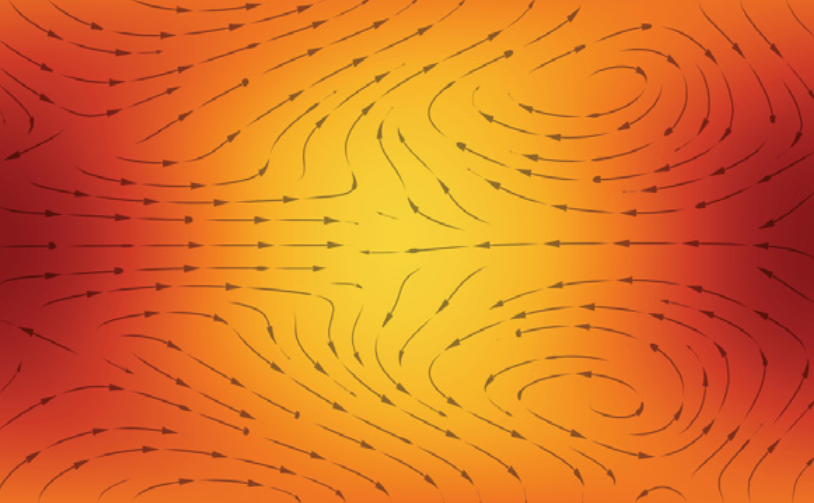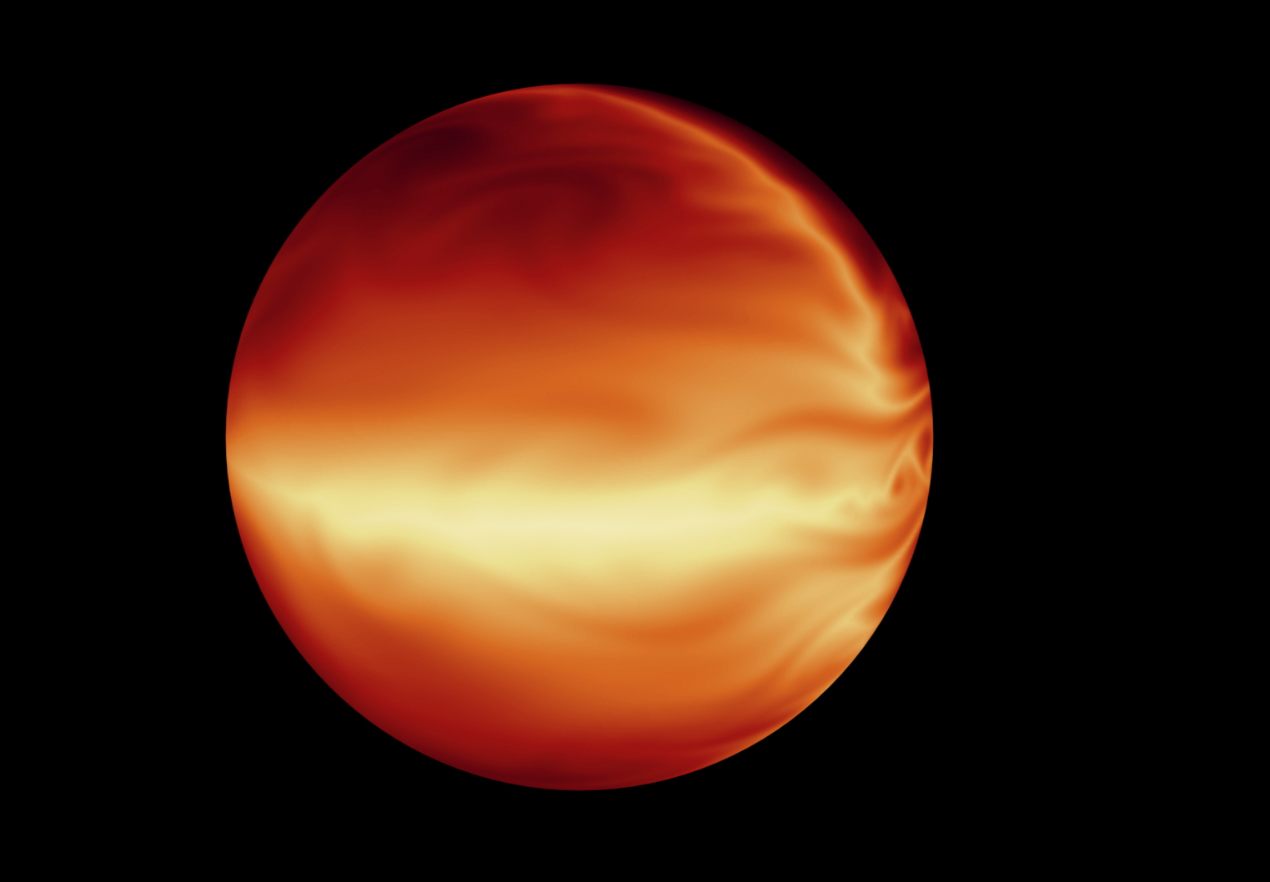ORIGINS, INTERIORS AND ATMOSPHERES OF HOT JUPITERS
2015 marked the 20th anniversary of the first detection of an extrasolar planet in orbit around a Sun-like star. This discovery unveiled an unexpected class of short-period giant planets (hot Jupiters), whose origins and physical structure have been a subject of active research since then. Traditionally, the existence of hot Jupiters was attributed to formation at large distances (similar to that of Jupiter itself), followed by extensive inward migration. Over the past two decades, this sequence of events solidified into an established theoretical paradigm, and considerable effort has been dedicated to determining whether orbital migration occurs smoothly during the nebular stage of evolution, or through a more violent high-eccentricity channel.
In a recent effort, we demonstrated that instead of experiencing long-range migration, hot Jupiter-class planets can form in situ. Particularly, in Batygin et al. (2016) we showed that the galactically prevalent population of close-in Super-Earths can act as the refractory cores that initiate core-nucleated accretion of hot Jupiters. Unlike the long-range migration mechanisms, our in situ formation scenario leads to testable consequences, including the expectation that hot Jupiters should frequently be accompanied by additional low-mass planets with periods shorter than ∼100 days. A joint photometric and Doppler velocity survey aimed at discovering these companions is now ongoing (Millholland et al. 2016), and a number of systems that conform to our prediction have already been discovered (Becker et al. 2015; Huang et al. 2016).
A separate puzzle pertaining to hot Jupiters concerns their physical size. In particular, observations of transiting hot Jupiters have revealed that their radii often exceed that of Jupiter by significant fraction. In Batygin & Stevenson (2010) and Batygin et al. (2011), we proposed a magnetohydrodynamic solution to this problem. Through the process of thermal ionization, intense stellar irradiation renders close-in planetary atmospheres electrically conductive. Accordingly, the interactions between such atmospheres and the background planetary magnetic field leads to induction of electrical currents which flow throughout the planet, and act to heat the planetary interior. In agreement with the data, our Ohmic inflation theory predicts that only planets with effective temperatures in excess of ~1400K (roughly the ionization temperature of Potassium) should have anomalous radii.
An inescapable consequence of magnetic coupling between the interiors and atmospheres of hot Jupiters is that magnetic fields can perturb the large-scale circulation patterns. This means that weather on hot Jupiters is in part, magnetically controlled. In Batygin et al (2013), we carried out the first fully magnetohydrodynamic simulations of the global atmospheric circulation, and showed that magnetic effects can collapse complex dayside-nightside circulation patterns into zonal jets. Our follow-up calculations in Batygin & Stanley (2014), however, showed that sufficiently oblique magnetic fields can perturb the zonal jets away from a axially symmetric states, leading to latitudinal shifts of dayside hotspots.



